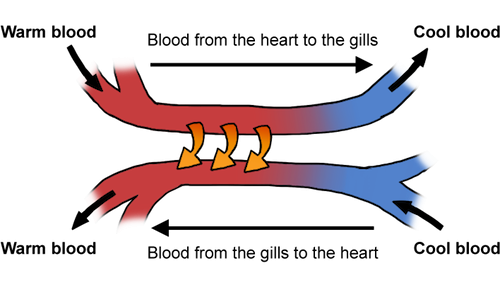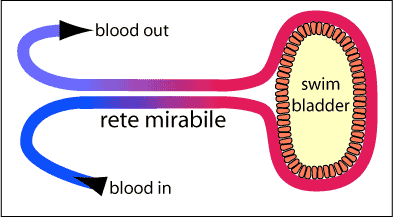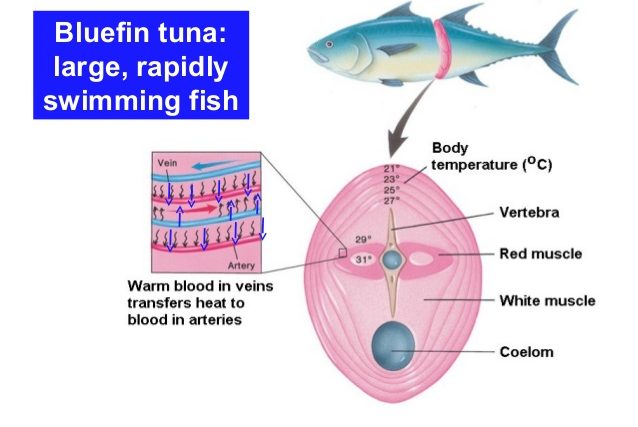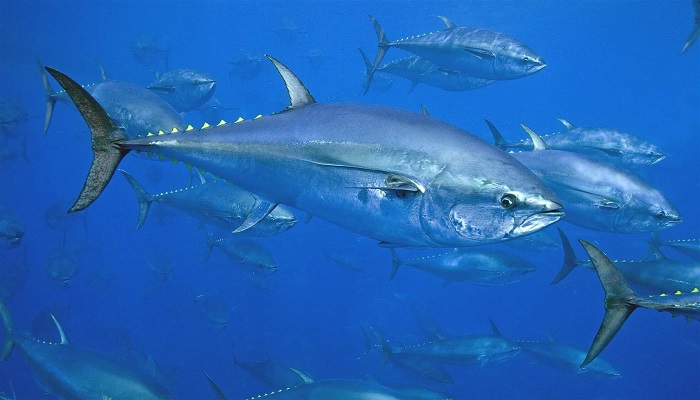Animals cope with fluctuations in temperature by different ways. One of the basic ways is by generating and trapping the heat internally in order to maintain constant body temperature despite of the different changes in the external environment. Organisms can be heterotherms, endotherms or ectotherms depending on from where they get heat and how they maintain it.
Major categories of organisms
Organisms are divided in different groups on basis of source of heat generation or on basis of thermoregulation.
Organism’s categories by source of heat
- Ectotherms: It includes animals that drive must of the heat from external environment. They obtained heat by bathing in sun or by staying in contact with some physical source that could generate heat for them.
- Endotherms: Animals that obtain heat from their own metabolic process.
On the basis of temperature regulation
- Homeotherms: Despite of the temperature fluctuations in environment, Homeotherms can maintained their body temperature( relatively constant)
- Poikilotherms: This includes animals whose body temperature varies with external environment. (Body temperature similar to outside environment).
- Heterotherms: Includes animals that lie between pure Ectotherms and endotherms. Mostly present in Birds, mammals, some insects and fishes. Heterothermy occurs in animals which can shift from endothermy state to ectothermy.
Temperature relations of Heterotherms
Heterotherms adopt different temperature strategies such as:
- Strategy adopted by flying insects (Abdomen as radiator & insulated thorax)
- Shivering thermogenesis
- Counter current heat exchange mechanism
Here is how different organisms adapt specific mechanisms of heat generation and maintenance:
1. Flying Insects
Beetles, arctic flies, locusts and some other insects are considered to be heterotherms. This is because these insects regulate their core temperature by increasing it during flight preparation. As the flying muscles of these insects contract very slowly so during normal temperature they are not able to take off so prior to fly they must warm up so that enough power is generated for flight. In order to escape from overheating these insects use heat dissipating mechanism however when inactive the act as pure ectotherms.
For heat dissipation the temperature of thorax increases quickly. Therefore, more heat is transferred to abdomen (act as a radiator) resulting in increased temperature and heat loss. Before the warm up of pre-flight the muscles of insects’ simultaneously contract and pull against one another resulting in heat production. Around 40ºC temperature of thoracic muscles the flight is initiated.
2. Honeybees
Some insects such as honeybees’ regulated the temperature by group behavior. In a very cold environment the clusters of bees (Swarm) work together to keep the queen warm. The shivering movement of their contractile muscles changes the structure of swarm. So as cold temperature the bees come closed in a way they clustered tightly so to prevent the free movement of air.

While the shivering thermogenesis allow swarms to maintained their core temperature. Similar mechanism occurs in Indian python during brooding. It coils around eggs and uses shivering thermogenesis to keep the eggs warm.
3. Bluefin tuna fish
some fishes such as bluefin tuna uses counter current heat exchange system to maintain their core temperature. Fishes that live in cold cannot maintain their body temperature when the temperature rises. Therefore, rather than heat loss, the heat remain conserve in a particular regions by the specialized blood vessels known as Rete mirabile.

The rete mirabile blood vessels act as counter current exchanger. The cool blood in arteries passes towards the core. This carries heat from the warm venous blood escaping from the muscles and enters towards peripheral tissues. This process allows the heat retention in red muscle tissues and prevent heat loss to the surrounding environment.

As in these fishes the temperature of the peripheral tissues reaches to that of water. However, the muscle temperature is maintained for muscular activates. This is because of two anatomical features;
- There are swimming dark muscles present in the core of the fish.
- When the muscle activity produces heat, is escapes towards periphery. The counter current arrangement of rete mirabile detain this heat.

These examples elaborate how different organisms cope up with temperature fluctuations in their external and internal environments. This thermoregulation is necessary for normal body functioning.

